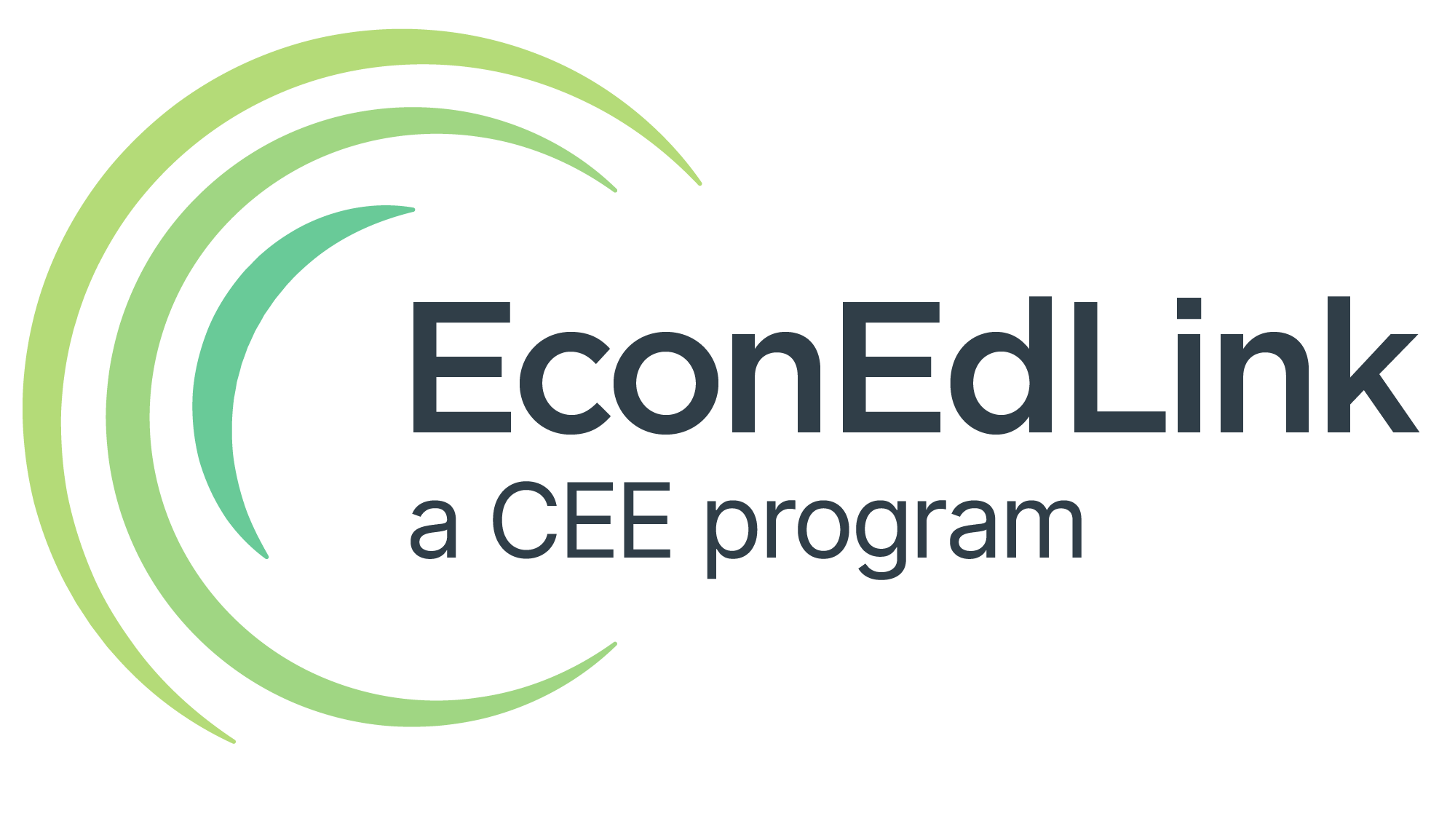
Grades 9-12
Happy EconEdMonth! Celebrate economics all month long by visiting EconEdMonth.org

Don't have an account yet? Sign up for free
Don't have an account yet? Sign up for free


Where does each party stand when it comes to fiscal management?
In this lesson, students will analyze each major political party’s platform to better understand their approaches to the federal budget and national debt. Students will be challenged to apply this understanding by playing the Fiscal Ship game in the role of one of the major party platforms. The Fiscal Ship game was created by the Hutchins Center on Fiscal & Monetary Policy at the Brookings Institution and the Serious Games initiative at the Woodrow Wilson Center.
In our modern era in which political candidates’ policy views are frequently boiled down to 30-second sound bites, this lesson encourages students to dig deeper by examining actual party platforms and the values and policy positions contained therein. Specifically, students will study each party’s stated plans for managing the federal budget and national debt. They will then apply their understanding by playing the Fiscal Shipgame in the role of one party’s platform. To encourage collaboration and discussion, this lesson incorporates the jigsaw teaching strategy, which asks students to become experts on a specific piece of information (in this case, one specific party platform) and then share their expert knowledge with their classmates.
This lesson is designed to be a follow-up to the “https://www.preview1.econedlink.org/resources/federal-budget-lesson-plan-and-fiscal-ship-student-game/.” Therefore, it assumes that students already have some familiarity with the Fiscal Ship game and key concepts relating to the federal budget and national debt. If you would like to use this lesson as a standalone lesson, you may want to incorporate some elements of the “https://www.preview1.econedlink.org/resources/federal-budget-lesson-plan-and-fiscal-ship-student-game/” – in particular, the Background Information section (Process #1) and the Demoing the Game section (Process #6).
Period 1
Period 2
Period 3
Summarize key points raised during the classroom discussion.
Review students’ completed worksheets (Handouts #3 and 4)

Grades 9-12

Grades 9-12

Grades 9-12

Grades 9-12
